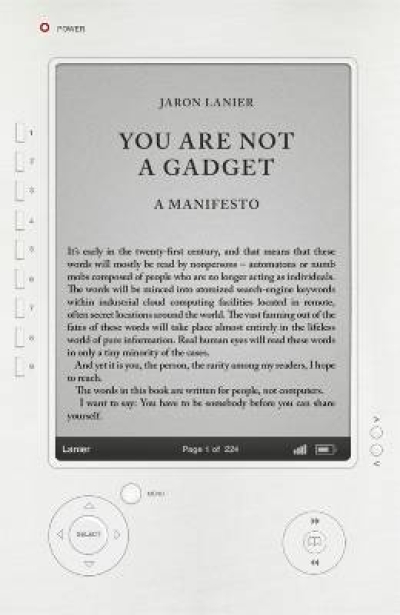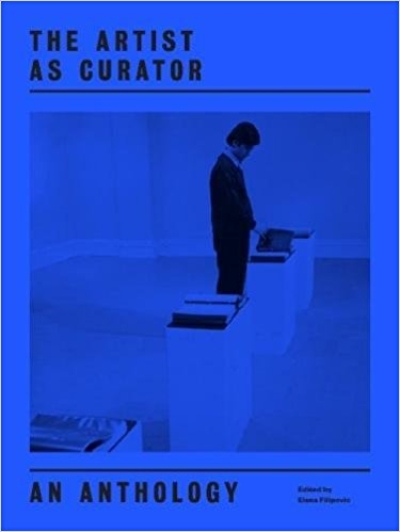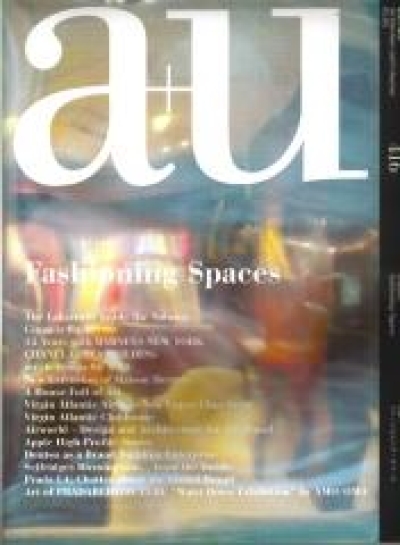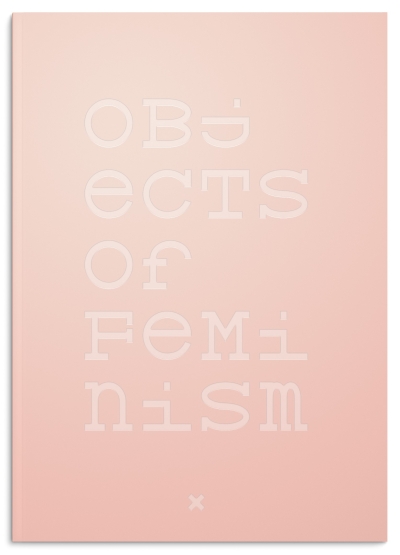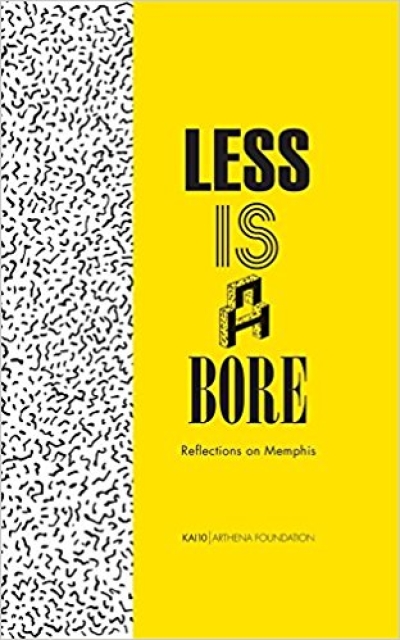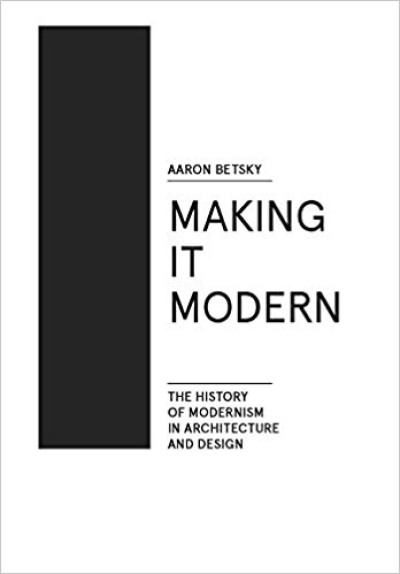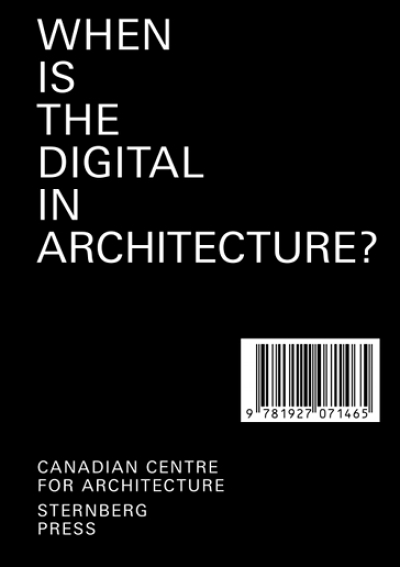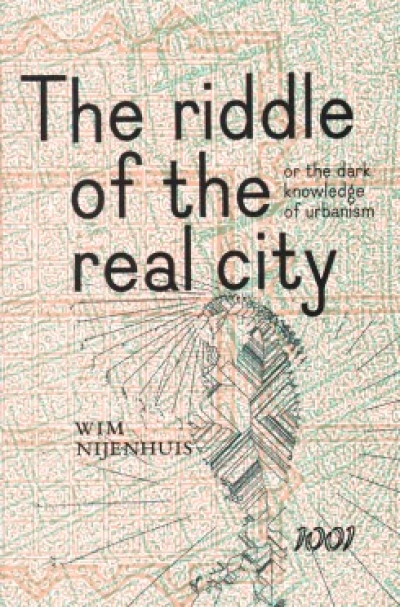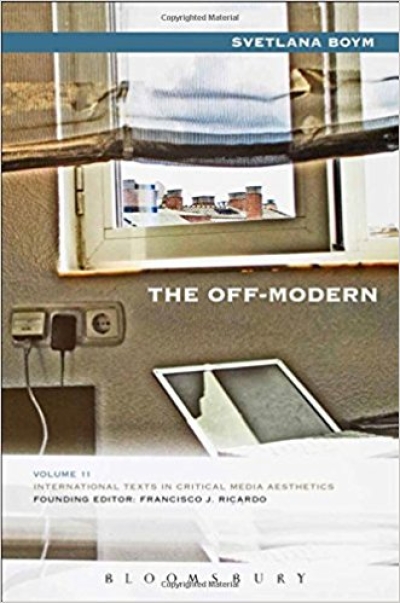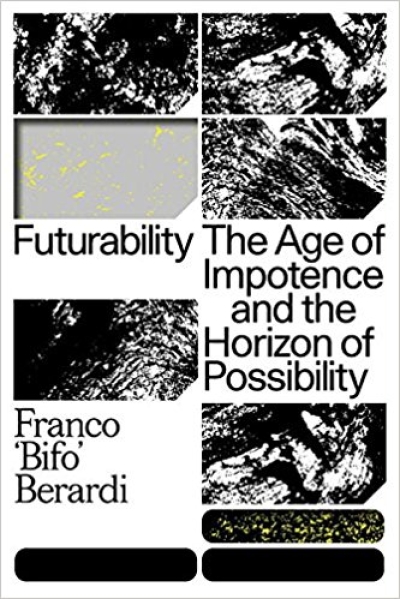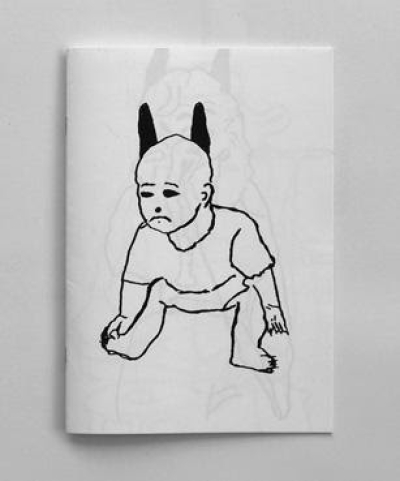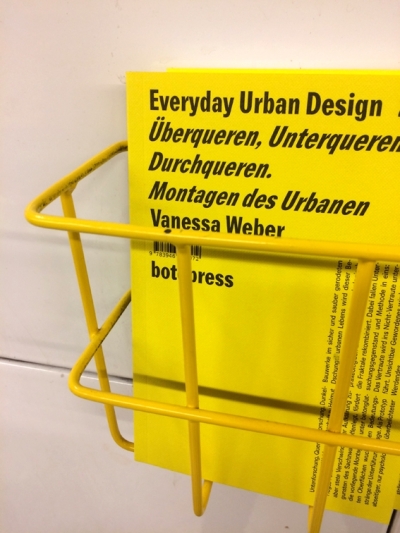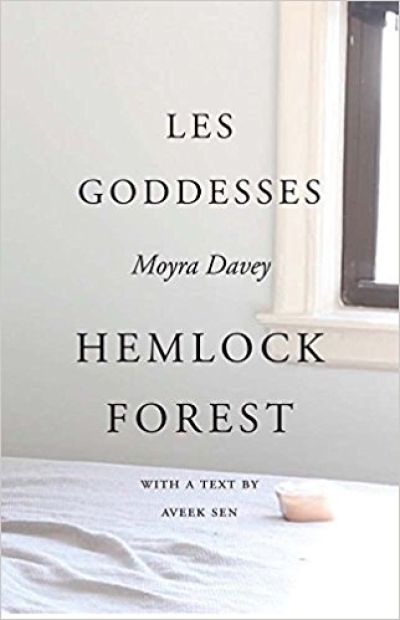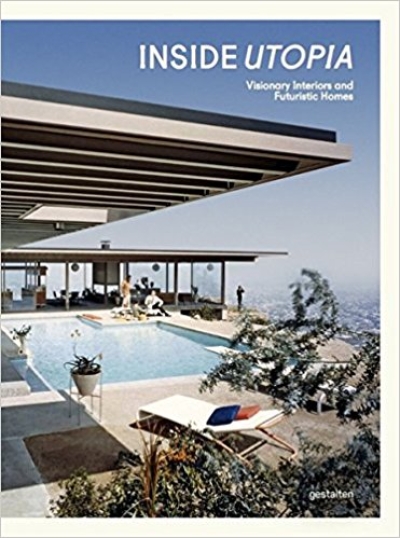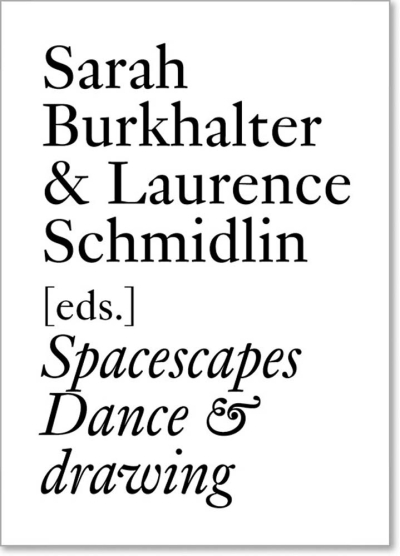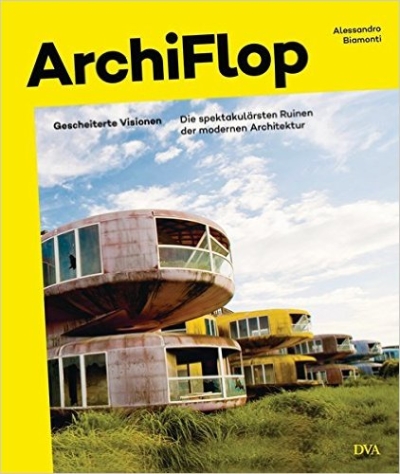Beatriz Colomina, Mark Wigley
Are We Human? Notes on an Archaeology of Design
Carsten Höller, Rosemarie Trockel
Maisons / Häuser
Richard Shone, John-Paul Stonard (Eds.)
The Books that Shaped Art History: From Gombrich and…
Rafi Segal
Space Packed: The Architecture of Alfred Neumann
Cornelia Escher
Zukunft entwerfen: Architektonische Konzepte des GEAM (…
Elena Filipovic
The Artist as Curator - An Anthology
Patrick Eiden-Offe
Die Poesie der Klasse: Romantischer Antikapitalismus und…
Steffen Mau
Das metrische Wir: Über die Quantifizierung des Sozialen
A+U 407
Housing in the City - New York, London, Paris
A+U 416
Fashioning Spaces
M. Timonen, J. Wikström (Eds.)
Objects of Feminism. Art Theoretical Writings from the…
J.R. Carpenter
The Gathering Cloud
Maurizio Lazzarato (Autor), Stefan…
Marcel Duchamp und die Verweigerung der Arbeit
T. J. Demos
Against the Anthropocene. Visual Culture and Environment…
Meike Schalk, Thérèse Kristiansson,…
Feminist Futures of Spatial Practice. Materialisms,…
KAI 10 | Arthena Foundation, Julia…
Less is a Bore, Reflections on Memphis
Alice Twemlow
Sifting the Trash. A History of Design Criticism
Nikolai Roskamm
Die unbesetzte Stadt: Postfundamentalistisches Denken und…
Maya Vinitsky (Ed.)
3.5 Square Meters: Constructive Responses to Natural…
Kenneth Goldsmith
Uncreative Writing: Sprachmanagement im digitalen Zeitalter
M. Tupitsyn, V. Tupitsyn, D. Morris (…
Anti-Shows. APTART 1982–84.: Exhibition Histories Vol. 8
Dominique Perrault
Groundscapes. Other Topographies
Annika Frye
Design und Improvisation: Produkte, Prozesse und Methoden
Stephanie Taylor
Kong Boos
Städttebau-Institut Universität…
Grüne Infrastruktur – von Grau zu Grün
Serge Guilbaut, John O'Brian (Eds.)
Breathless Days, 1959-1960
Smiljan Radic
Bestiary
Kader Attia
RepaiR
Aaron Betsky
Making it Modern: The History of Modernism in Architecture…
Andrew Goodhouse (Ed.)
When Is the Digital in Architecture?
Adam Greenfield
Radical Technologies. The Design of Everyday Life
Mark Crinson
Rebuilding Babel. Modern Architecture and Internationalsim
AbdouMaliq Simone, Edgar Pieterse
New Urban Worlds. Inhabiting Dissonant Times
Kersten Geers, David Van Severen, Joris…
OFFICE Kersten Geers David Van Severen — Volumes 1, 2…
Mateo Kries, Andreas Ruby, Ilka Ruby (…
Together! Die Neue Architektur der Gemeinschaft
Bruno Latour
Kampf um Gaia: Acht Vorträge über das neue Klimaregime
Alice Grahame, Taran Wilkhu
Walters Way and Segal Close: The Architect Walter Segal and…
Isabelle Stengers
In Catastrophic Times. Resisting the Coming Barbarism
Wim Nijenhuis
The Riddle of the Real City or the Dark Knowledge of…
Svetlana Boym
The Off-Modern
Franco 'Bifo' Berardi
Futurability. The Age of Impotence and the Horizon of…
Aurin, Thomas Hegemann, Carl Witt,…
Volksbühne am Rosa-Luxemburg-Platz 1992-2017
Iñaki Ábalos
The good life: A guided visit to the houses of modernity
Stephen J. Phillips
Elastic Architecture: Frederick Kiesler and Design Research…
Marie-Luise Angerer
Affektökologie. Intensive Milieus und zufällige Begegnungen
Harmony Korine
Devils and Babies
Vanessa Weber
Everyday Urban Design 2. Überqueren, Unterqueren,…
Sebastian Bührig
Everyday Urban Design 1. Wohnen an der Kotti D'Azur
R. Bittner, A. Reese, K. Szymczak
Desk in Exile. A Bauhaus Object Traversing Different…
McKenzie Wark
General Intellects. Twenty-Five Thinkers for the Twenty-…
Noah Regenass, Markus Ritter (Hg.)
Lucius Burckhardt. Landschaftstheoretische Aquarelle und…
Cosey Fanni Tutti
Art Sex Music
Albena Yaneva
Five Ways to Make Architecture Political. An Introduction…
Parasite 2.0
Primitive Future Office
Anke Fesel, Chris Keller (Hg.)
Berlin Heartbeats: Stories from the wild years, 1990–…
Drei Farben House
Fluency Fabrics
Vrachliotis, Kleinmanns, Kunz, Kurz (Hg…
Frei Otto. Denken in Modellen
Christopher Long
Adolf Loos on Trial
Brillembourg, Kalagas, Klumpner,…
Reactivate Athens
Etienne Turpin, Anna-Sophie Springer (…
The Word for World is Still Forest
S. Mohebbi, R. Estevez (Hg)
Hotel Theory Reader
U. Kleefisch-Jobst, P. Köddermann, K.…
Alle wollen wohnen: Gerecht. Sozial. Bezahlbar
Moyra Davey
Les Goddesses/Hemlock Forest
Alain Badiou
The True Life
A. Stech, S. Fuls, R. Klanten (Hg)
Inside Utopia: Visionary Interiors and Futuristic Homes
Hannah Black, Juliana Huxtable
Life. A Novel
Robert Barry
The Music of the Future
Clare Lyster
Learning from Logistics. How Networks Change our Cities
Aaron Betsky
Architecture Matters
Sönke Gau
Institutionskritik als Methode. Hegemonie und Kritik im…
David A. Hanks, Friedrich Meschede (Hg.)
Partners in Design: Alfred H. Barr Jr. und Philip Johnson.…
Alain Badiou/Pierre Bourdieu/Judith…
Was ist ein Volk?
Annette Michelson
On the Eve of the Future. Selected Writings on Film
James Voorhies
Beyond Objecthood. The Exhibition as a Critical Form since…
Alexander Vasudevan
The Autonomous City: A History of Urban Squatting
Kris Paulsen
Here/There. Telepresence, Touch, and Art at the Interface
Gerd de Bruyn
Theorie der modernen Architektur. Programmatische Texte
Sven Lütticken
Cultural Revolution: Aesthetic Practice after Autonomy
Martin Herbert
Tell Them I Said No
Deutscher Werkbund (Hg.)
Taut baut: Geschichten zur Architektur von Max Taut
Maria Hlavajova, Simon Sheikh (Eds.)
Former West: Art and the Contemporary after 1989
Jane Rendell
The Architecture of Psychoanalysis. Spaces of Transition
Sissi Tax
the looks, not the books (allaphbed '19)
Arnt Cobbers
Breuer
Mercedes Bunz, Birgit M. Kaiser,…
Symptoms of the Planetary Condition: A Critical Vocabulary
Sarah Burkhalter, Laurence Schmidlin (…
Spacescapes Dance & Drawing
Marcus Verhagen
Flows and Counterflows. Globalisation in Contemporary Art
Andreas & Ilka Ruby
Infrastructure Space
Charlotte Ashby
Modernism in Scandinavia: Art, Architecture and Design
Kim Feser, Matthias Pasdzierny (Hg.)
Techno Studies. Ästhetik und Geschichte elektronischer…
Alessandro Biamonti
Archiflop. Gescheiterte Visionen. Die spektakulärsten…
Berliner Hefte zu Geschichte und…
Marx-Engels-Forum - Ja!
Yvonne P. Doderer
Glänzende Städte. Geschlechter- und andere Verhältnisse in…
Europan 13
The Adaptable City 2: Ergebnisse /Results
Erik Kessels
Fast Pefrekt. Die Kunst, hemmungslos zu scheitern. Wie aus…
C. Perren, S. B. Lovett (Eds.)
Expanded Architecture. Temporal Spatial Practices
M. Holm, K. Kjeldsen, M. Kallehauge (…
Wang Shu. Amateur Architecture Studio
Irene Albers, Anselm Franke (Hg.)
Nach dem Animismus
